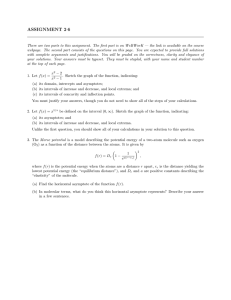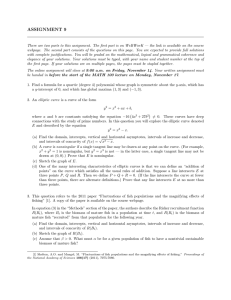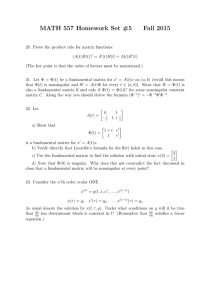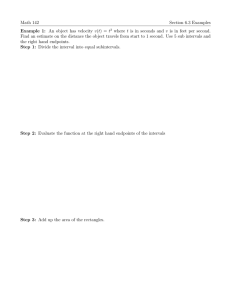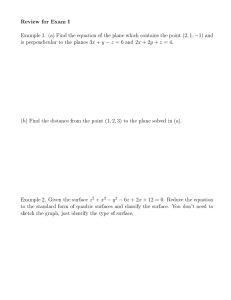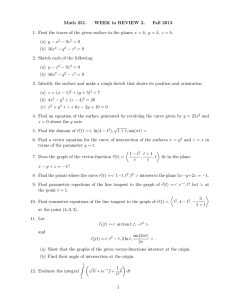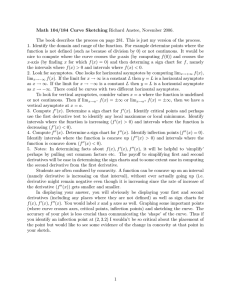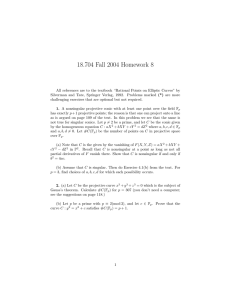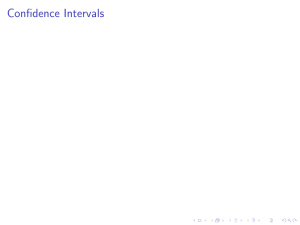ASSIGNMENT 10
advertisement
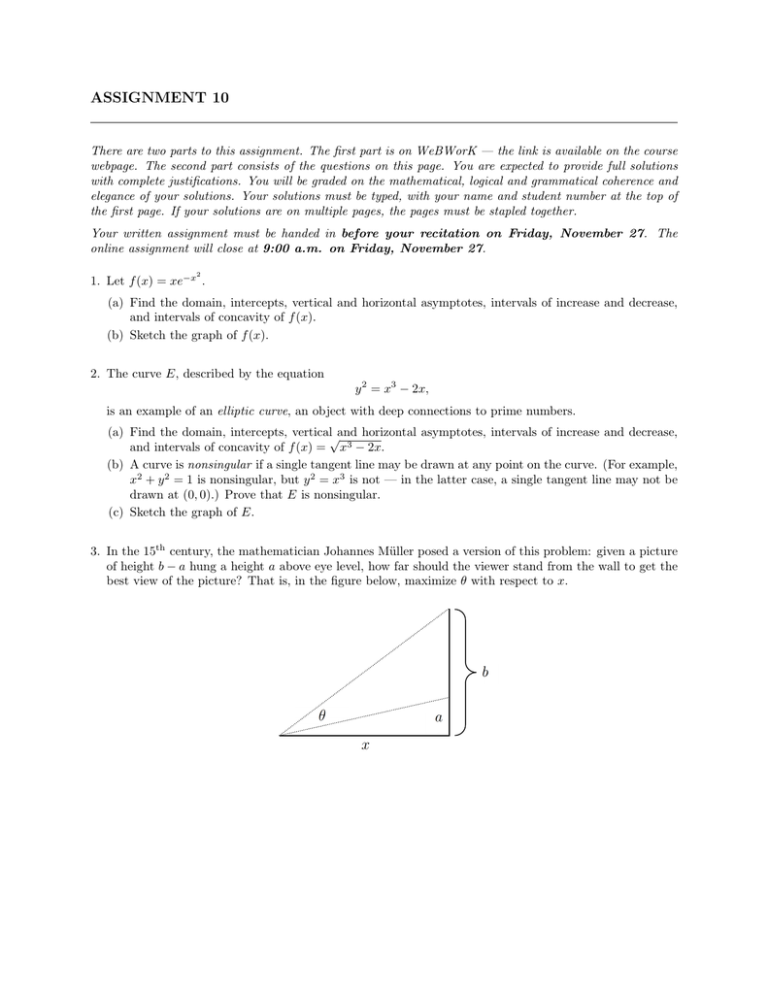
ASSIGNMENT 10 There are two parts to this assignment. The first part is on WeBWorK — the link is available on the course webpage. The second part consists of the questions on this page. You are expected to provide full solutions with complete justifications. You will be graded on the mathematical, logical and grammatical coherence and elegance of your solutions. Your solutions must be typed, with your name and student number at the top of the first page. If your solutions are on multiple pages, the pages must be stapled together. Your written assignment must be handed in before your recitation on Friday, November 27. The online assignment will close at 9:00 a.m. on Friday, November 27. 2 1. Let f (x) = xe−x . (a) Find the domain, intercepts, vertical and horizontal asymptotes, intervals of increase and decrease, and intervals of concavity of f (x). (b) Sketch the graph of f (x). 2. The curve E, described by the equation y 2 = x3 − 2x, is an example of an elliptic curve, an object with deep connections to prime numbers. (a) Find the domain, intercepts, vertical√and horizontal asymptotes, intervals of increase and decrease, and intervals of concavity of f (x) = x3 − 2x. (b) A curve is nonsingular if a single tangent line may be drawn at any point on the curve. (For example, x2 + y 2 = 1 is nonsingular, but y 2 = x3 is not — in the latter case, a single tangent line may not be drawn at (0, 0).) Prove that E is nonsingular. (c) Sketch the graph of E. 3. In the 15th century, the mathematician Johannes Müller posed a version of this problem: given a picture of height b − a hung a height a above eye level, how far should the viewer stand from the wall to get the best view of the picture? That is, in the figure below, maximize θ with respect to x.
